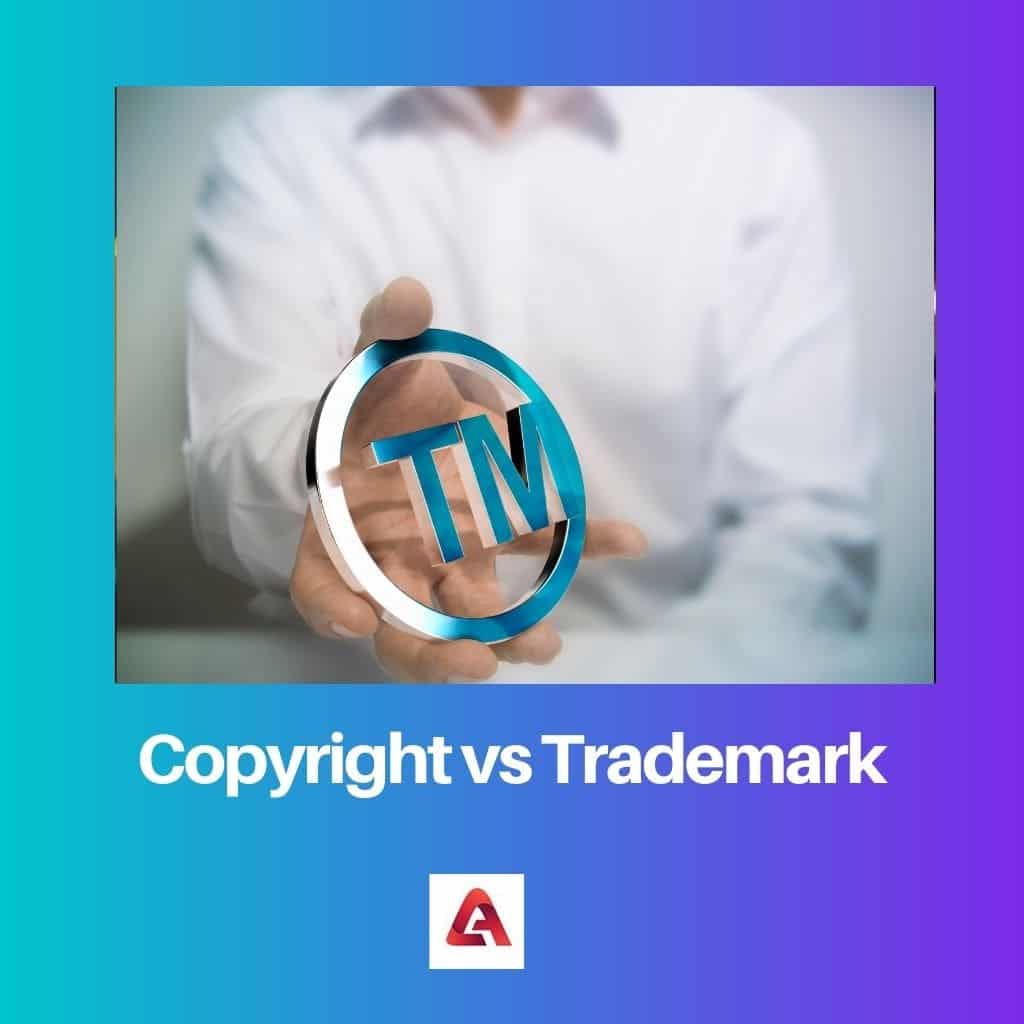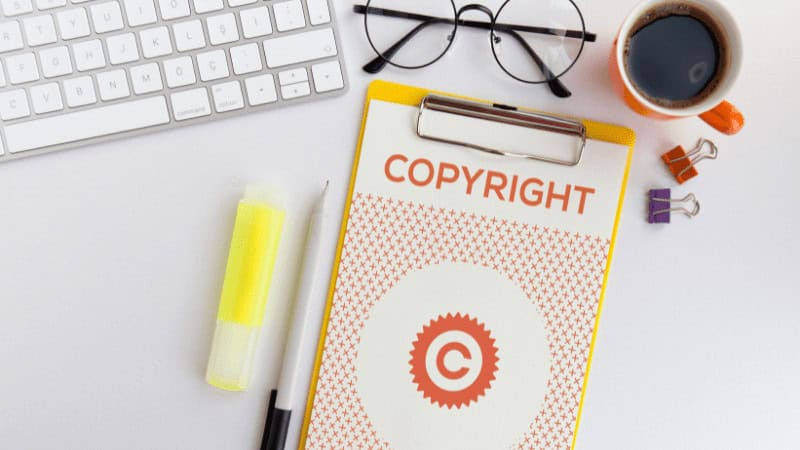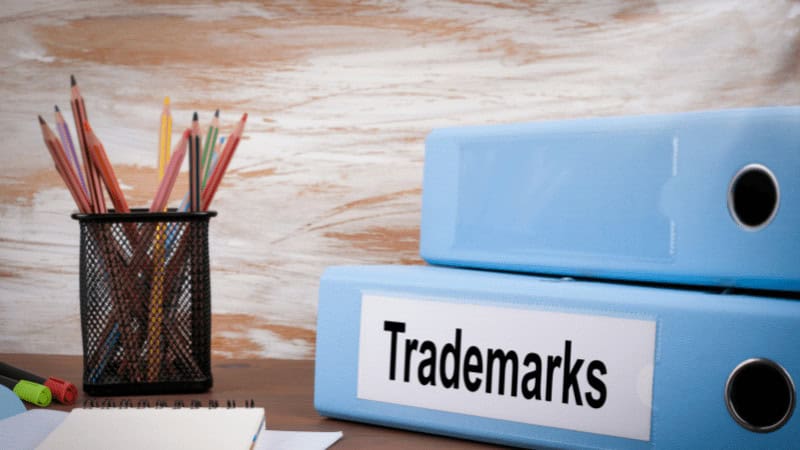With the emergence of digitalization, innovations will likely be robbed without direct authorization from any third party.
In the developed world, IPR is a significant force in global exchange as well as in the indigenous trade of each country.
Since the emergence of digitization, there have been strong incentives for third-party theft of artistic innovations without proper consent.
Two significant types of Intellectual property are copyright & trademark. They are tricky to understand and confusing.
Key Takeaways
- Copyright protects original works of authorship, such as literature, music, art, and software, granting the exclusive creator rights to reproduce, distribute, and publicly display the work.
- A trademark protects symbols, logos, names, or phrases that identify and distinguish a product or service, helping to prevent confusion in the marketplace.
- Registering a copyright or trademark grants legal protection and exclusive rights, but the scope and duration of protection differ, with copyright lasting for the author’s lifetime plus 70 years and trademarks lasting as long as they are actively used and maintained.
Copyright vs Trademark
Copyright is a form of legal protection for original works of authorship, such as books, music, and software. It gives the copyright owner exclusive rights to reproduce, distribute, and perform the work for a limited time. A trademark is a symbol, word, or phrase that identifies and distinguishes a particular product or service from others. Trademarks are used to protect brand identity and prevent consumer confusion.

Copyright is the exclusive right granted to the author of an artistic work to replicate the work, for a specific period. At the same time, in the case of a Trademark, the owner can be a person, a business organization, another legal body, etc.
Comparison Table
| Parameter of Comparison | Copyright | Trademark |
|---|---|---|
| Act-Law | The Copyright Act of 1957 | The Trade Marks Act, 1999 |
| Relevant Section | Section 14 | Section 2(1)(zb) |
| Meaning | Copyright enables the exclusive right to do or permit someone else to do such actions about (1) original, literary, theatrical, musical, and artistic plays, (2) cinematographic film (3) sound recordings. | A trademark is a conspicuous emblem in the form of a term, phrase, product, or label attached to articles of commerce to signify to the public that they are goods manufactured or otherwise dealt with by a particular entity as distinct from identical goods produced or exchanged by other persons. |
| Administered by | WIPO(World Intellectual Property Organisation) | WIPO(World Intellectual Property Organisation) |
| Duration(India) | The author’s or artist’s life, with sixty years counted from the year after the author’s death. | The registration period of a trademark shall be ten years, which may be extended for a further term of ten years following payments of the specified renewal fees. |
| Example | Books, albums, screenplays, drawings, and copyrights also protect computer software and programs. | Brand names like Apple, McDonald’s, Product names like iPod, Company logos like the golden arches at McDonald’s, and Slogans like Capital One’s “What’s in your wallet?” |
What is Copyright?
Copyright is a form of intellectual property that, due to the rapid technological advances in publishing, music, communication, entertainment, and the computer sector, has been growing in recent times.
Copyright seeks to enable writers, composers, artists, and designers to create original works by encouraging them by giving them special rights for a specific duration of time to use the work for business gains and by licensing the work.
Almost all of the world’s countries are members of at least one of the two Conventions- the Berne Convention and the Universal Convention of Copyright. India is a member of both conventions and protects Indians’ copyright.
Subject Matter of Copyright: Works in which copyrights subsists-Section 13
Copyrights subsist only in certain classes of works-
- Original literary, dramatic, musical, and artistic works
- Cinematographic films
- Sound Recordings
Sections 22-29: deal with the duration of copyrights.
It states that irrespective of the author’s nature (i.e., Natural or Artificial person) or the work is anonymous when published during the author’s lifetime; it subsists for the author’s lifetime plus sixty years after his death.
When co-authors do the work, the 60 years span will start on the last author’s death. In anonymous publications, it will be 60 years from the date of publication, and if the author’s identity is revealed, 60 years starting from the year of death of the author.

What is Trademark?
A trademark is a recognizable image, phrase, word, or logo representing and legally identifying a particular item from all other products of its kind.
The exclusive trademark acknowledges the brand’s ownership and acknowledges only the product as belonging to a specific entity.
When licensed, no other company can use the same symbol or set of terms forever as long as it is in use and proper paperwork and fees are charged for it.
The Trademarks Registry has been established for registering trademarks, managing the register, and related matters. The procedure for the registration of trademarks is mentioned in sections 18 to 24 of the 1999 act.
Duration of a Trademark is dealt with under sections 25 and 26- If the application for registration after its advertisement is unopposedly decided in favour of the registration, the mark will be registered as of the date of application for registration, and 1st registration period is for 10 years after that, it has to be renewed from time to time paying the requisite fee.

Main Differences Between Copyright and Trademark
- Copyright seeks to protect the writers’ literary, artistic, and dramatic work, while Trademark seeks to protect items that describe the brand of a product and its identity.
- Right arising out of Copyrights protects from reproducing the original works and derivatives in Trademark right to use the mark and prevent others from using it.
- Duration is 60 years after the author’s lifetime in copyright and 10 years in Trademarks, which can be renewed from time to time.
- The Copyright Office controls copyright application and others; Trademark application is controlled by the Controller General of Patents, Designs, and Trademarks.

- https://heinonline.org/hol-cgi-bin/get_pdf.cgi?handle=hein.journals/conlr41§ion=27
- https://papers.ssrn.com/sol3/papers.cfm?abstract_id=887484
- https://digitalcommons.law.buffalo.edu/cgi/viewcontent.cgi?article=1045&context=journal_articles

The comparison between copyright and trademark, along with the legal framework provided, offers a comprehensive understanding of the subject matter. It is an excellent resource.
There is a growing need to educate individuals and organizations about the implications of copyright and trademark law in the digital age. This article serves that purpose admirably.
The clear delineation of the legislative aspects of copyright and trademark law is enlightening. This article is a useful tool for those navigating these legal complexities.
An exemplary elucidation of the subject matter. The depth and clarity of information provided serve as a commendable guide for readers with varied interests in copyright and trademark law.
It is evident that the article aims to demystify the intricate facets of copyright and trademark law. A much-needed resource for creators, businesses, and legal professionals.
The establishment of a constructive analytical framework for understanding the nuances of copyright and trademark law is refreshing. A superb read for those seeking clarity on these issues.
An interesting look at the evolving landscape of intellectual property rights. The impact of digitization on innovation is clearly a matter of concern.
The article provides profound insights into the global conventions and copyright protection mechanisms. A detailed and engaging overview of the subject.
The article skillfully combines legal analysis with practical implications, fostering an expansive comprehension of copyright and trademark issues. A commendable piece of work.
This informative article provides significant insight into the complexities of copyright and trademark law. It is essential knowledge for creators and businesses alike.